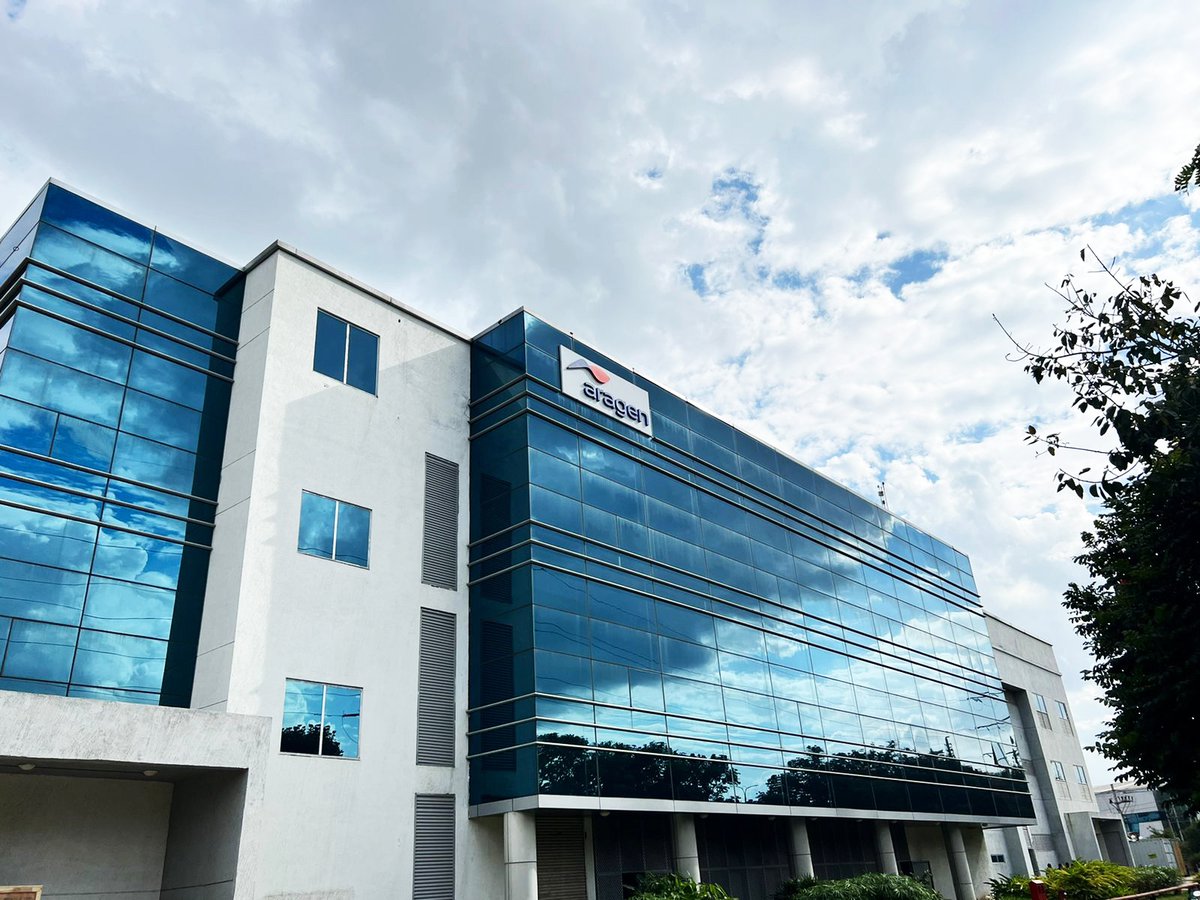We caught up with LogiPharma’s Will Robinson to discuss one of their recent sustainability reports, supply chains, and what the pharma world needs to prioritise throughout 2024.
Jai: Will Robinson, great to have you with us. Would you mind giving us a quick breakdown of yourself and your role, please?
Will: Hey, sure! I am the content director for the LogiPharma event series. We have four events that we run around the world, a couple of them in the European space, one in North America and one over in Singapore. My responsibilities primarily revolve around the European-based events, which are global in their remit.
Our flagship event in April 2024 stands out as the world’s leading life sciences supply chain event. Contrary to its name, LogiPharma goes beyond the logistics and pharmaceutical sector. We delve into the end-to-end supply chain intricacies of both the pharmaceutical and medical device industries, extending our reach into broader value chain management.
I work with various leading pharma companies and supply chain heads to decipher industry trends, devise effective approaches, and curate top-notch content. With an anticipated attendance of around 200 speakers and 2000 participants in April, we strive to create a platform that facilitates insightful discussions and fosters industry connections.
Additionally, throughout the year, we also run a series of reports that involve the community we have built, with the aim of building insights and aiding the industry. As we will be discussing, the sustainability report is one of these.
Jai: The leading line from the LogiPharma Sustainability Report 2023 press release stated that “Somewhat sustainable”: 85% of pharmaceutical businesses battling for greener future, new supply chain report finds. That said, 0% currently describe themselves as very sustainable. Could you explain what “somewhat sustainable” means and the criteria that allowed for this definition?
Will: The term “somewhat sustainable” in the LogiPharma Sustainability Report signals that 85% of pharmaceutical businesses are actively pursuing a greener future. However, the lack of any self-identification as “very sustainable” highlights a welcome note of honesty about the progress still to be made. The criteria for “somewhat sustainable” includes diverse metrics such as environmental practices, responsible supply chain management, social responsibility, and innovation.
While the report highlights positive momentum in the industry’s sustainability journey, it transparently and candidly recognises the imperative for further advancements.
Jai: The initial impetus behind wanting to set up this interview was that I was intrigued by the phraseology: “These responses clearly show the level of maturity and development we’re seeing in sustainability for the life sciences supply chain.” Surely maturity and development are basic standards rather than ones to be celebrated, or do you see the industry as one that has potentially struggled to get on-board with sustainability targets generally given the carbon-intensive nature of it?
Will: While maturity and development can be considered as basic standards in some contexts, in industries with historically high carbon intensity, such as the life sciences supply chain, achieving sustainability milestones can indeed be celebrated. It may indicate a departure from traditional practices and a growing commitment to more environmentally conscious and socially responsible approaches.
The nature of the products shipped in the life sciences industry, and the implications of failure to ensure security of supply, set it apart from other verticals such as automotive or chemicals. As such, while sustainability efforts in other verticals may be more visibly transformative in comparison to those in the life sciences supply chain, they nonetheless represent significant progress within the context of the industry’s unique challenges.
The life sciences industry has and continues to actively navigate hurdles to make significant strides toward sustainability goals. It’s crucial to recognise and applaud this progress within the specific context of the industry’s complexities, rather than merely viewing maturity and development as standard benchmarks.
Jai: Poor data, or a poor understanding of data, seems to be a motif of the report regarding understanding sustainable targets and measuring them and supply chains. What can be done to improve this? Also, this seems quite surprising to hear given the industry is predicated on understanding and developing high-quality data.
Will: The recurring theme of poor data or a deficient understanding of data in the report concerning sustainable targets and supply chain measurement calls for a strategic approach to improvement.
To address the issue the industry should prioritise:
- Enhanced Data Collection Processes: Navigating collaboration with second, third, or fourth-tier partners across the pharmaceutical supply chain introduces complexity, introducing further challenges in achieving a clear understanding of a producer’s end-to-end carbon footprint. To address this challenge, there is a need to enhance collaborative data collection processes and establish standardised procedures, ensuring the accuracy and reliability of information related to sustainable targets. Once a clear picture is established, producers can identify gaps vs. their sustainability goals and develop strategies to deliver these alongside their logistics and supply chain partners.
- Educational Initiatives: Provide training and educational programs for industry professionals to enhance their understanding of sustainable metrics and the importance of high-quality data in decision-making processes.
- Change in Mindset: Foster a cultural shift within the industry that priorities the value of high-quality data in achieving sustainability goals. This involves creating an organisational culture that values data accuracy, transparency, and continuous improvement.
Jai: Supply chain management and the difficulties inherent within this – whether it be tracking the sustainability of given supply chains, timings, global factors such as conflict and weather – have been a constant challenge for the pharma and life science industry overall. What have you seen as the key influencing factors that cause supply chain issues and what strategies are you seeing implemented to combat them moving into 2024?
Will: Carbon emissions from air transport has been something that various companies and industry leaders are looking at improving. Additionally, packaging is being heavily discussed, with a pressing need for sustainable solutions.
Pharma companies and medical device companies often do not own their own logistics operations, meaning they rely on external, outsourced partners. This is not just a problem in emerging markets, it is a problem more generally. This means it is harder for companies to fully understand their supply chain carbon emissions – which is the first step in building out a new, more sustainable process of transporting pharmaceuticals and medication around the world. Companies need support in digitally mapping out their supply chain from start to finish, allowing them to develop potentially more sustainable methods of transportation. In short, full visibility of a supply chain is rare – if companies map that out, they are better placed to implement more sustainable practices.
Jai: What is the likelihood of the global pharma industry being able to meet global sustainability targets and to what extent does supply chain management play a role in them doing so?
Will: Fundamentally, it depends upon the producer, the leadership, and how seriously they are taking it. Some companies are taking it in their stride, such as AstraZeneca. They are looking to push as much of their global logistics from air to sea, which is incredibly challenging but will ultimately help them achieve their sustainability goals. That said, medication is often needed urgently, and air transportation is key in ensuring that these needs are met. Having to create a sustainable resolution to these issues is a great challenge.
Download the agenda for LogiPharma 2024 here!





.jpg?cb=f0505c795d6693a590bd71afcaa53368&w=1200)